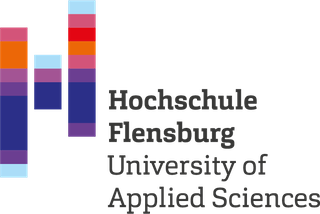Study of cellular network quality of the eve of 5G technology on a selected example
Falkowski-Gilski, P., & Uhl, T. (2020). Study of cellular network quality of the eve of 5G technology on a selected example. Warszawa: Journal Przeglad Telekomunikacyjny. http://doi.org/10.15199/59.2020.7-8.45 (Original work published 2020)
